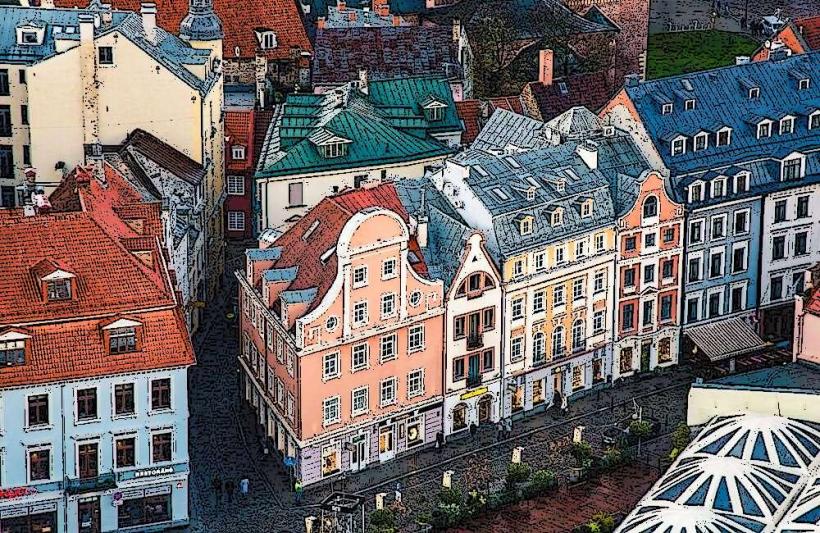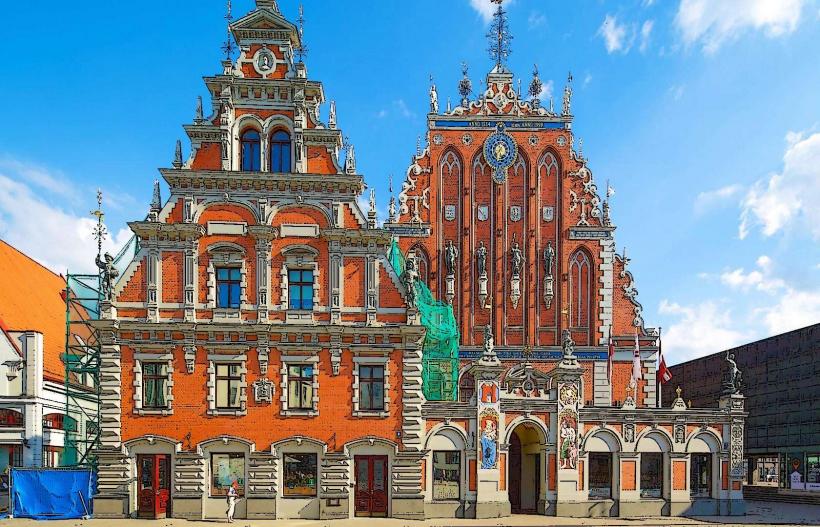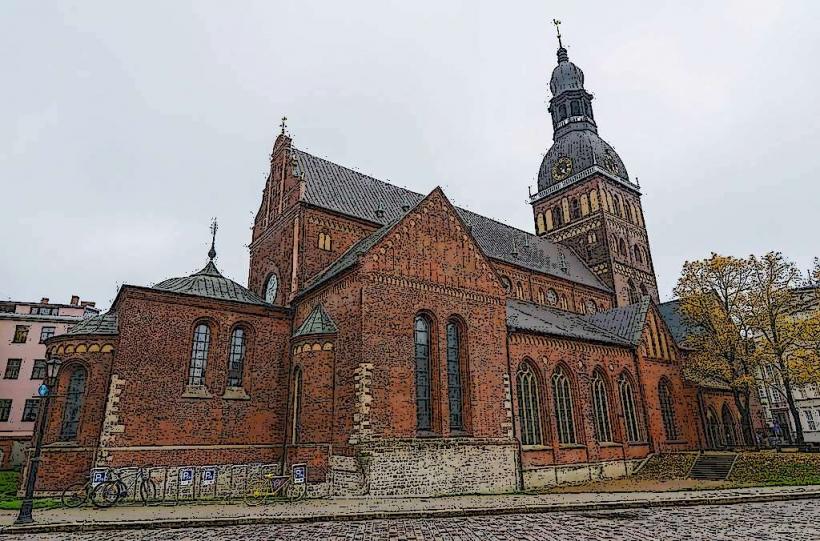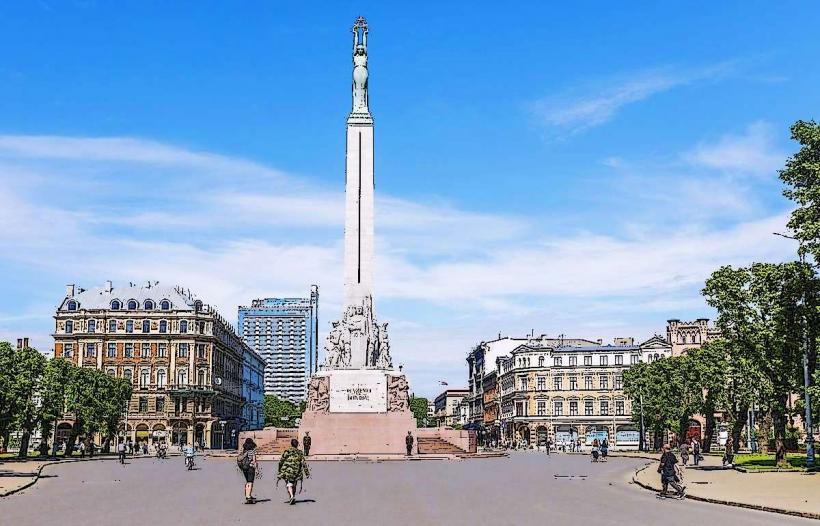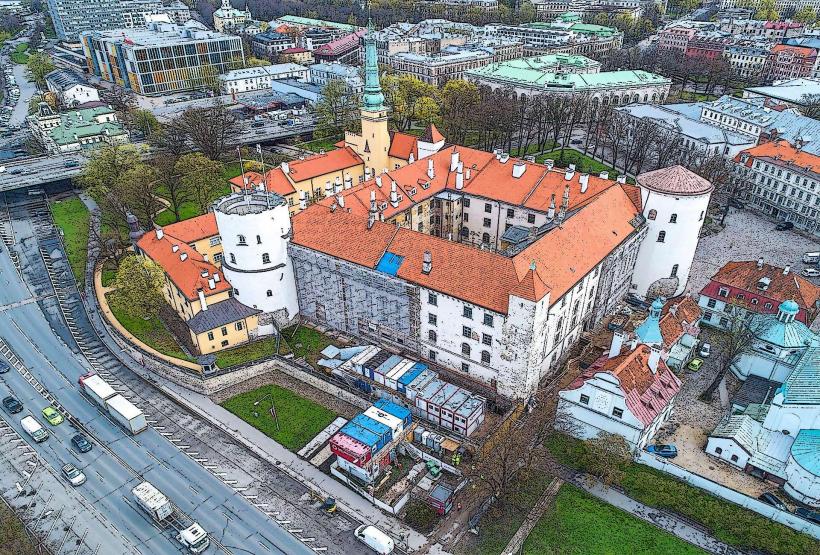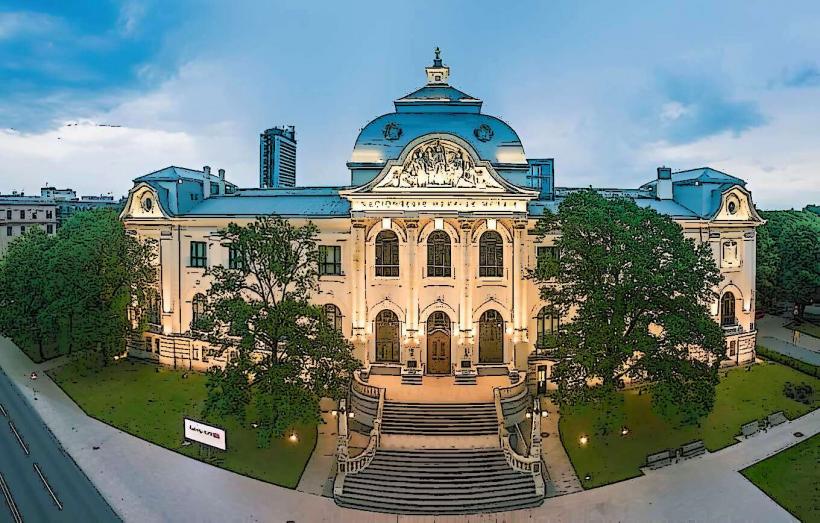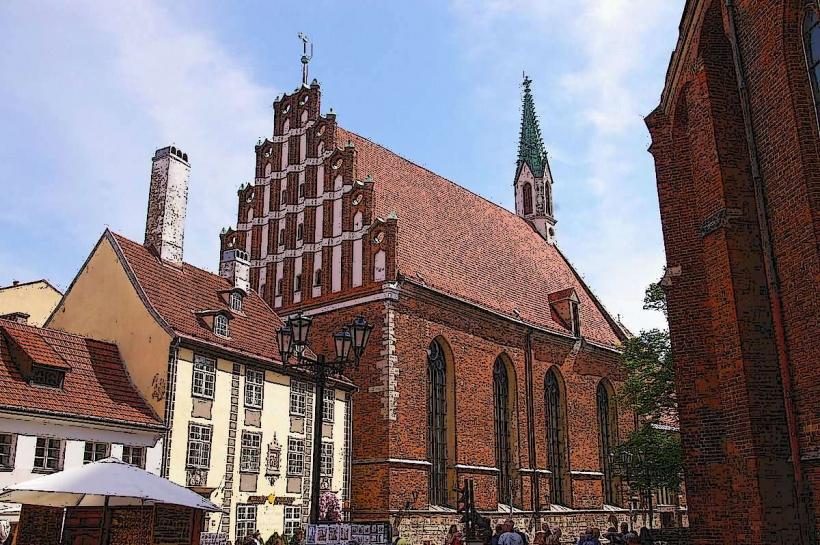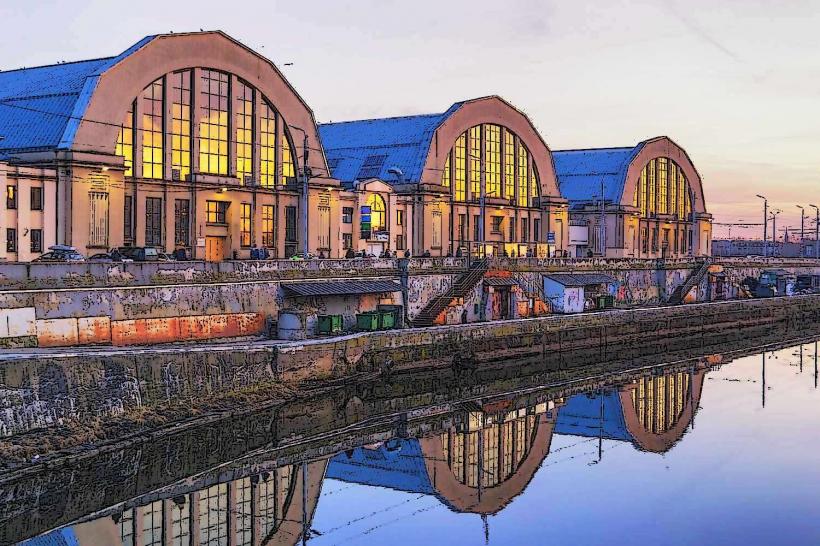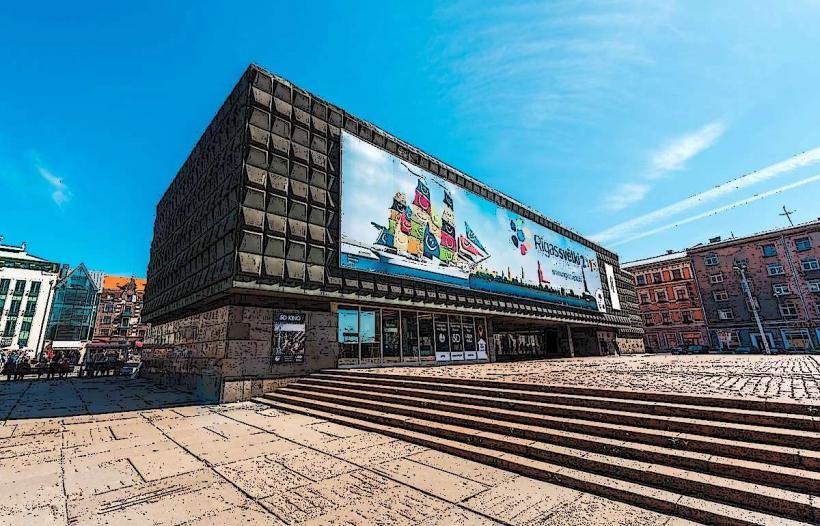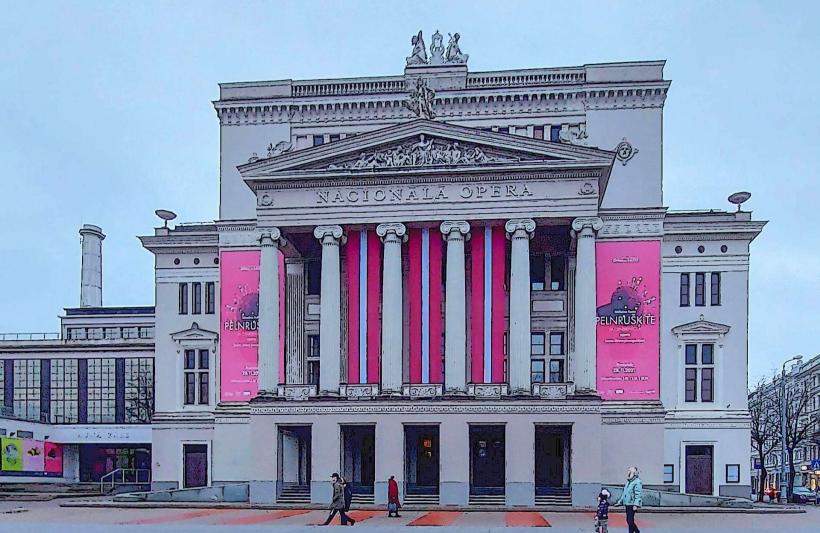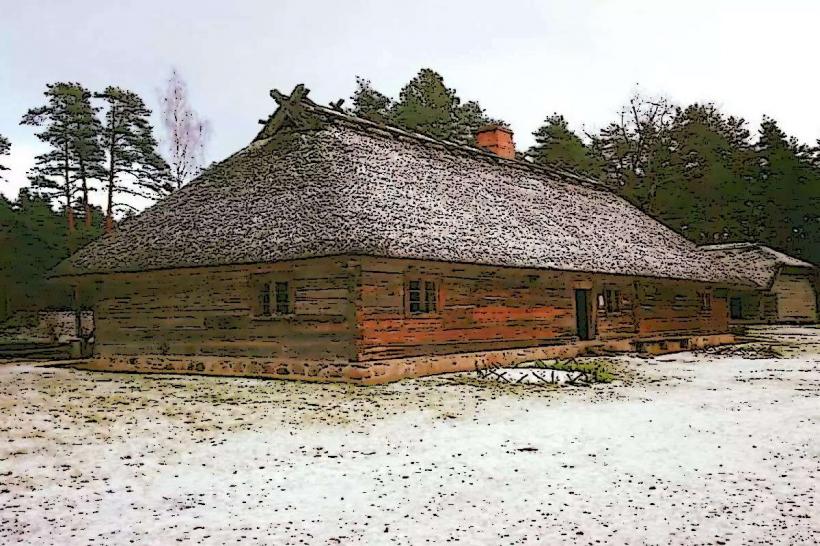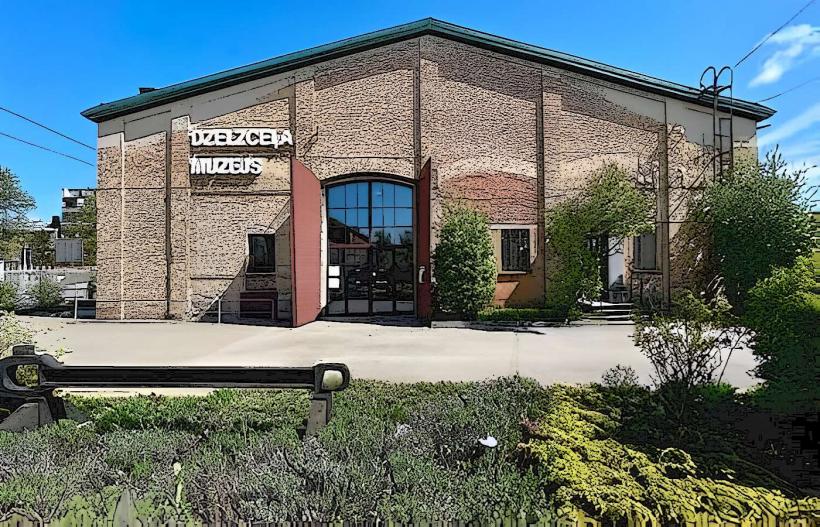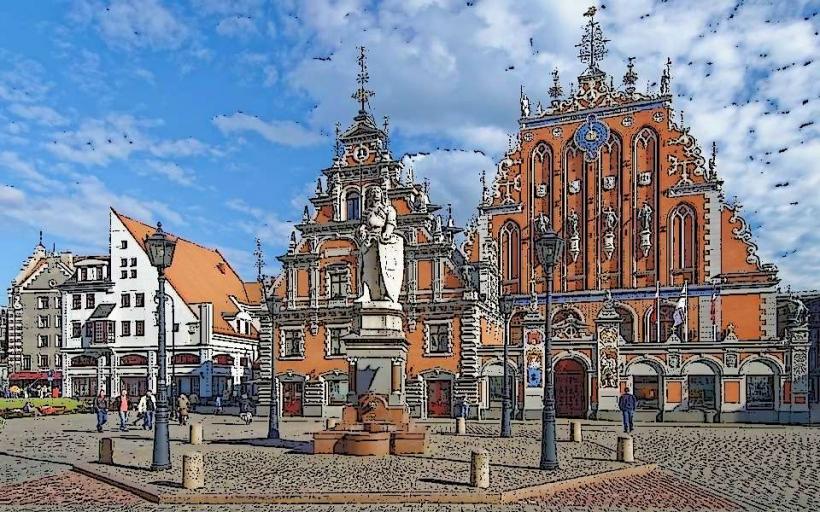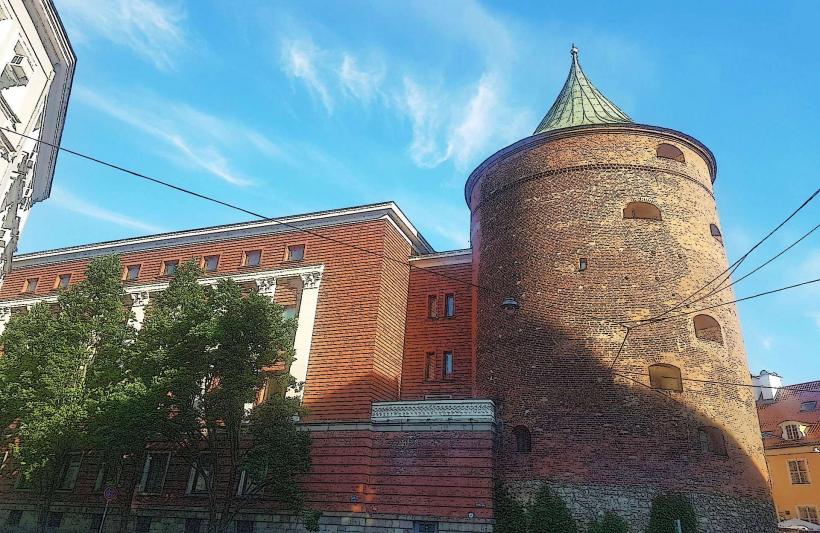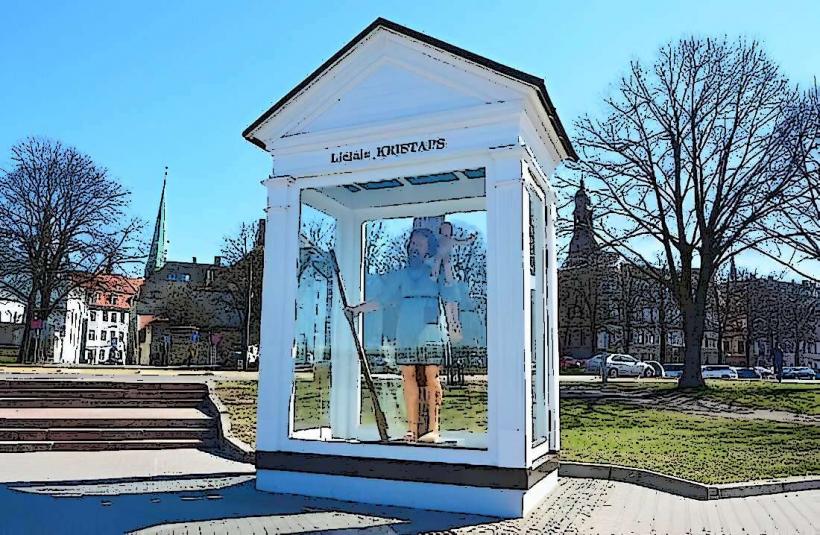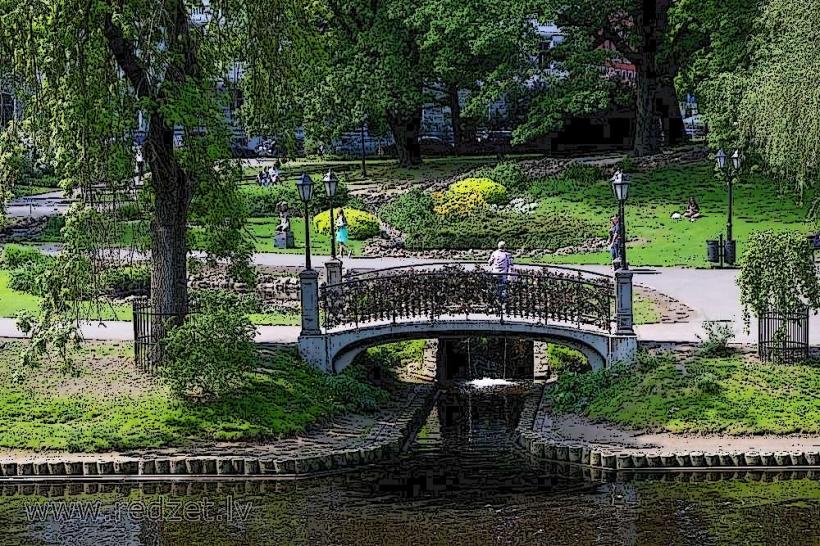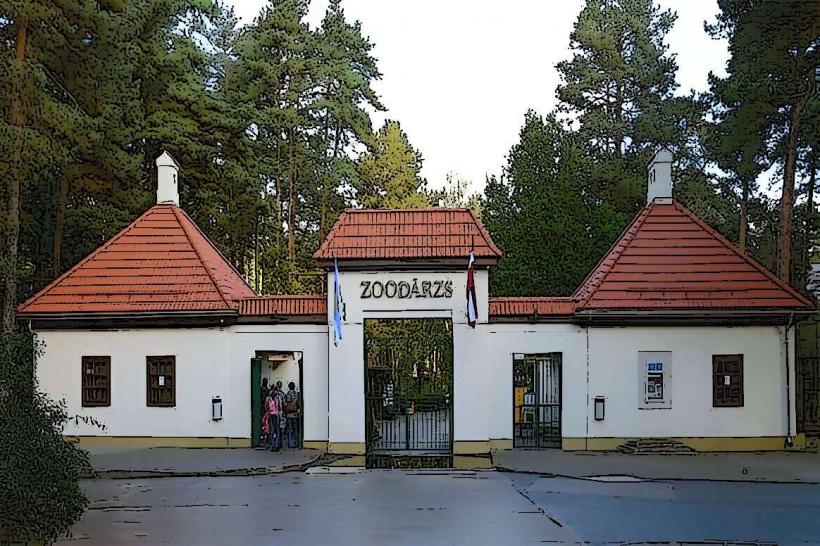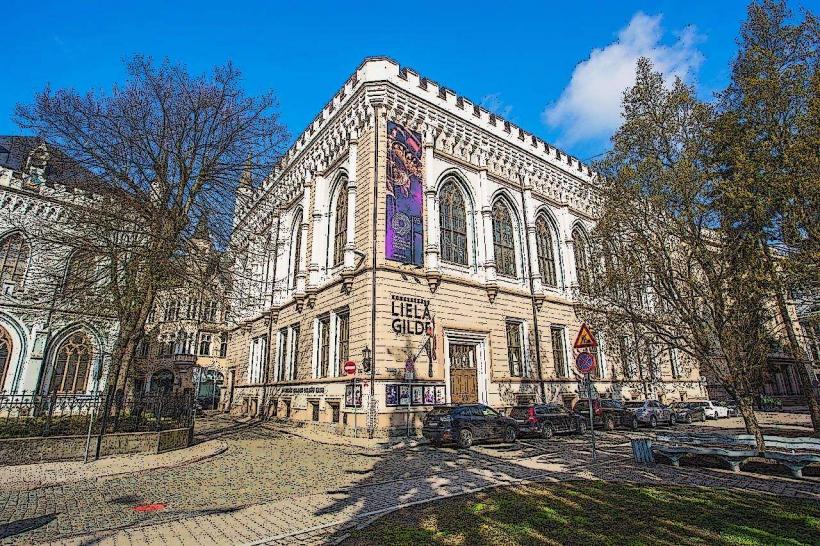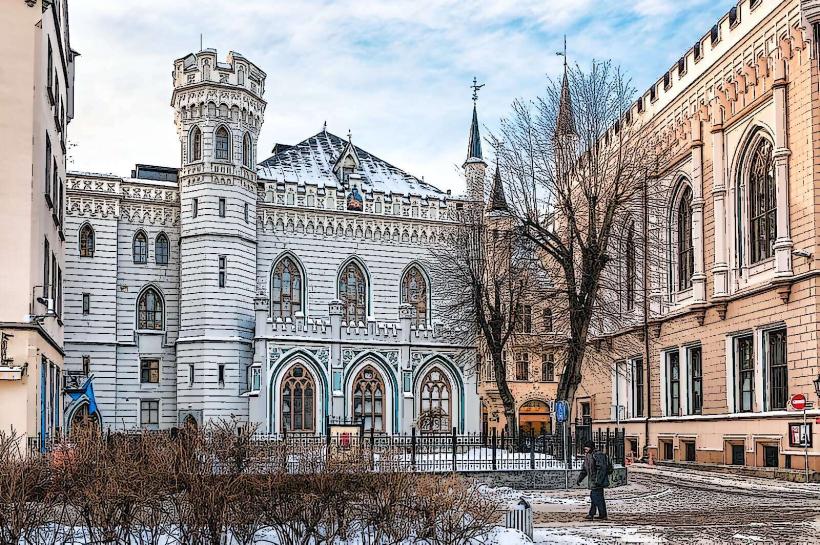Information
Landmark: St. Peter's ChurchCity: Riga
Country: Latvia
Continent: Europe
St. Peter’s Church (Svētā Pētera baznīca) is one of the most iconic landmarks in Riga, known for its impressive architecture, rich history, and breathtaking views of the city. It is a must-visit site in the Old Town for anyone exploring the Latvian capital.
1. Historical Overview:
Founding:
St. Peter’s Church was originally built in 1209, making it one of the oldest structures in Riga. It was initially a wooden church but was rebuilt in stone over the centuries.
Reconstruction and Additions:
The church has undergone numerous renovations and expansions:
- In the 14th century, it was rebuilt in the Gothic style with the addition of a tall nave.
- During the 17th century, the tower was reconstructed in the Baroque style by architect Rupert Bindenschu.
- The tower was destroyed multiple times by lightning and wars, with the most recent reconstruction completed in 1973, following its destruction during World War II.
2. Architectural Features:
Exterior:
- The church is a prime example of Gothic and Baroque architecture, reflecting the evolution of styles over its long history.
- The brick construction and high gables are hallmarks of Baltic Gothic design.
- The Baroque spire, which stands at 123.25 meters, makes it one of the tallest structures in Riga. It is crowned by a golden rooster, a traditional weather vane and symbol of vigilance.
Interior:
- The interior is spacious and characterized by Gothic vaulted ceilings, tall columns, and simple yet elegant design elements.
- The church features stone-carved epitaphs, tombstones, and remnants of its medieval heritage.
3. Bell Tower and Observation Deck:
- One of the main attractions of St. Peter’s Church is its observation deck:
- Located at a height of 72 meters, it offers panoramic views of Riga’s Old Town, the Daugava River, and beyond.
- Visitors can reach the deck via a modern elevator, making it accessible and convenient.
4. Cultural and Historical Significance:
- Medieval Role:
St. Peter’s Church was a center of religious and civic life in medieval Riga, serving as a parish church for the local community. - World War II Impact:
The church was heavily damaged during the war, with much of its structure destroyed. Its reconstruction became a symbol of Latvia’s resilience and commitment to preserving its heritage.
5. Art and Exhibitions:
- The church often hosts art exhibitions, concerts, and cultural events, transforming its sacred space into a vibrant hub for the arts.
- Sculpture of a Bremen Town Musicians:
Near the church stands a whimsical sculpture of the Bremen Town Musicians, a gift from Riga’s sister city Bremen, adding a playful touch to the historic site.
6. Visiting St. Peter’s Church:
Location:
Situated in the heart of Riga’s Old Town, at Skārņu iela 19, the church is within walking distance of other major landmarks like Riga Cathedral and the House of Blackheads.
Opening Hours:
The church is open daily to visitors, but times may vary depending on services or events.
Tickets:
An entrance fee applies for access to the observation deck and exhibitions. Discounts are often available for students, seniors, and children.
7. Notable Features and Legends:
- The Golden Rooster:
The weather vane atop the spire is a beloved symbol of Riga, said to bring good luck and protect the city from harm. - Legends of the Tower:
Local folklore speaks of the church’s spire being cursed, as it has been struck by lightning multiple times, requiring repeated reconstruction.
8. Modern Role:
- While no longer used for regular religious services, St. Peter’s Church is a popular venue for cultural and musical events, exhibitions, and special ceremonies.
- Its historical and architectural significance makes it one of Riga’s top attractions for both tourists and locals.
Conclusion:
St. Peter’s Church is a masterpiece of Gothic and Baroque architecture and a symbol of Riga’s enduring spirit. Its observation deck, rich history, and cultural significance make it a must-see destination in Latvia.

